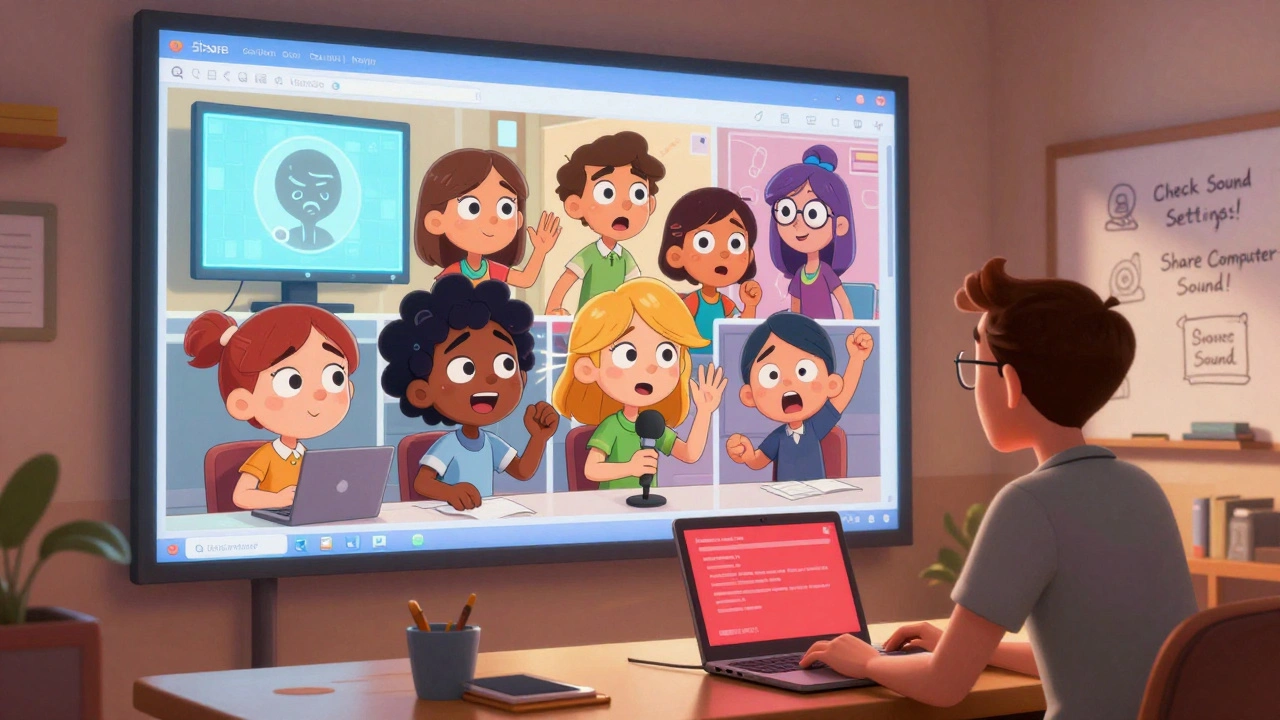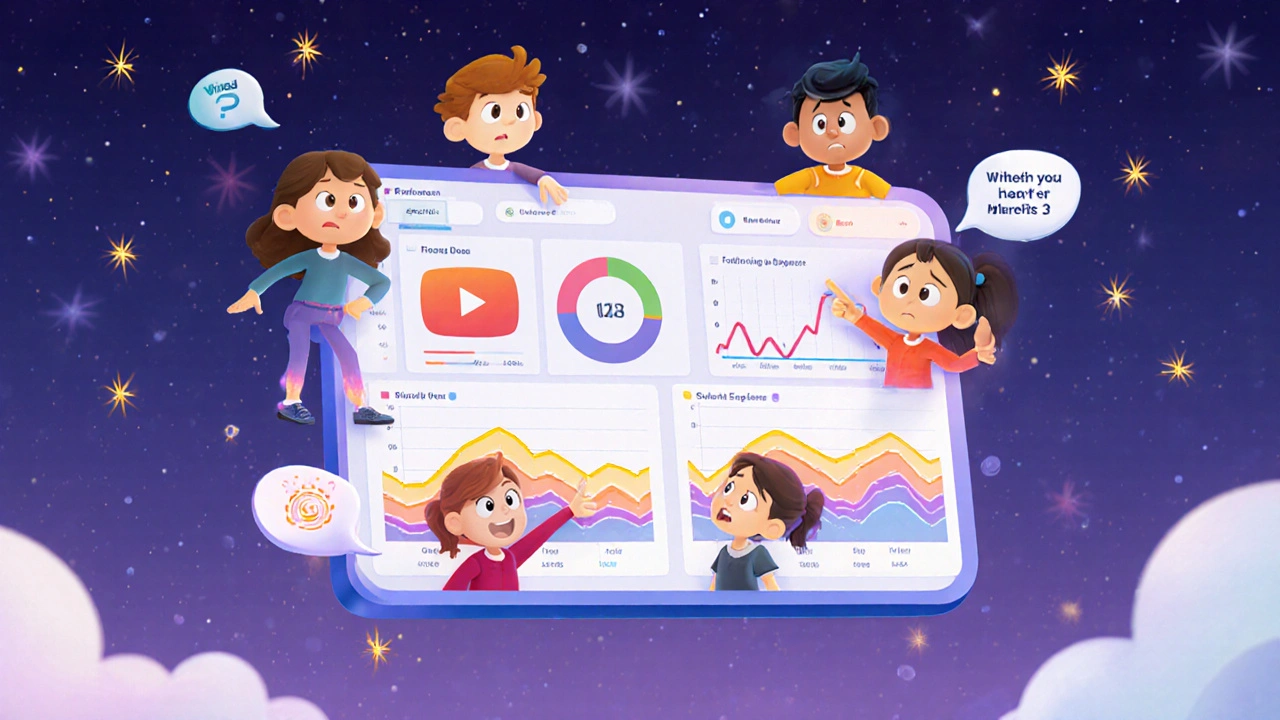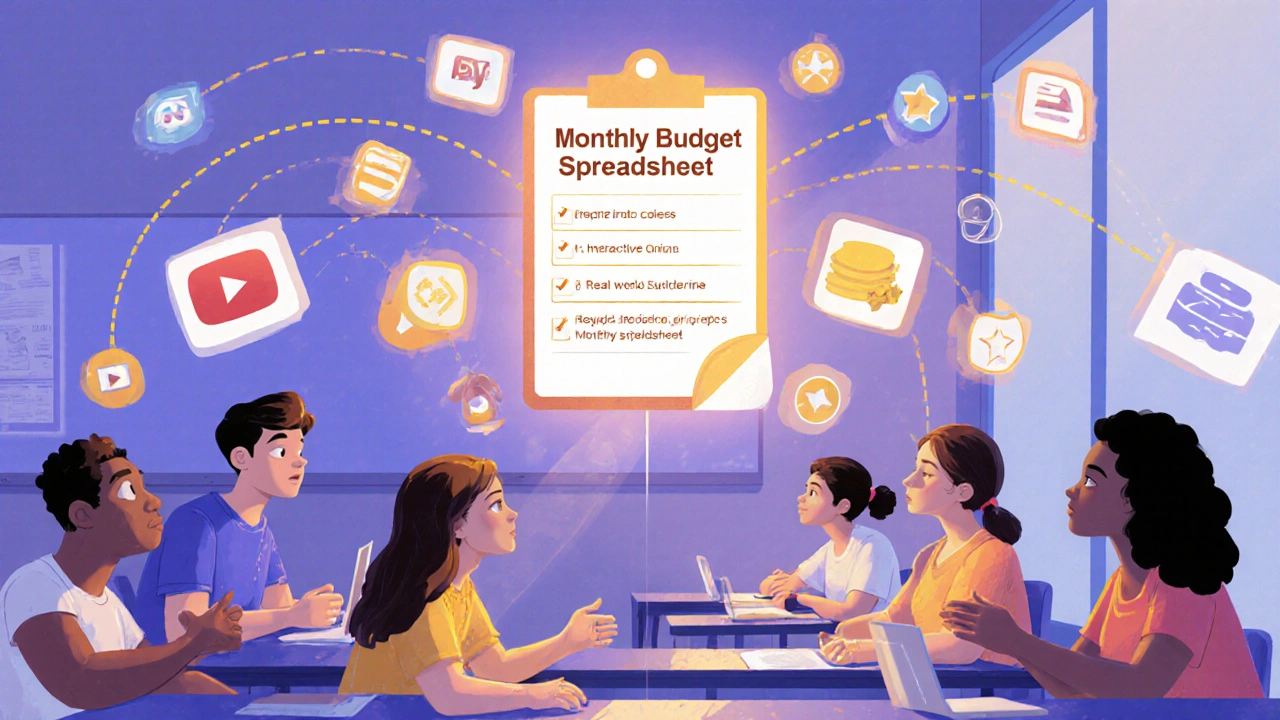Education Technology: Tools, Trends, and How Online Learning Really Works
When you think about Education Technology, the systems and tools used to deliver and support learning through digital platforms. Also known as edtech, it’s not just about videos and quizzes—it’s about designing experiences that actually stick. Whether you’re taking a course on forex trading or learning crypto basics, the way that content is built makes all the difference. Most online courses fail because they treat learners like passive viewers. But the best ones? They pull you in, keep you going, and make you feel like you’re progressing—not just scrolling.
Instructional design, the science behind building effective learning experiences is the hidden engine behind every successful course. It’s not about making slides pretty—it’s about breaking complex ideas into small, digestible chunks, setting clear goals, and giving you feedback that matters. Then there’s gamification in learning, using game-like elements like badges, points, and challenges to boost motivation. It’s not just for kids. Studies show that adults stick with courses longer when they earn rewards for completing tasks. And AI in education, systems that adapt content based on how you learn is no longer science fiction. Right now, platforms are using it to suggest next steps, flag where you’re struggling, and even predict what you’ll need to master next.
What you’ll find in this collection isn’t theory. It’s what’s working right now. From how escape rooms are being used to teach risk management, to why motion graphics help you remember trading patterns better than static charts, these posts cut through the noise. You won’t find fluff about "the future of learning" without proof. Instead, you’ll get real examples: how one course used leaderboards to increase completion rates by 60%, or how a trader learned candlestick patterns through an interactive puzzle instead of a textbook. This is Education Technology as it’s actually being built—for people who want to learn, not just watch.

Analytics for Business Courses: Track KPIs, Build Dashboards, and Run Experiments
Learn how to use KPIs, dashboards, and experiments to measure and improve business courses. Stop guessing-start tracking what actually drives learning and results.

Internationalization Testing for LMS and Mobile Apps: What You Must Check Before Going Global
Internationalization testing ensures your LMS and mobile apps work flawlessly across languages and cultures. Learn what breaks without it, how to test properly, and why global learners abandon platforms that don't speak their language.

Technology Troubleshooting for Instructors: Common Issues and Quick Fixes
Common technology issues instructors face in online and hybrid classrooms-and simple, proven fixes to solve them fast. No IT help needed.

Augmented Reality in Education: How to Design Interactive Learning Environments
Augmented reality in education transforms how students learn by turning abstract concepts into interactive 3D experiences. Learn how to design effective AR learning environments that boost retention, engagement, and accessibility without expensive gear.

Guardrails for Plagiarism and AI-Assisted Cheating Prevention in Modern Classrooms
AI is changing how students complete assignments - and traditional plagiarism tools can't keep up. Learn practical, proven guardrails to prevent AI-assisted cheating while fostering genuine learning.

How to Embed Videos in Learning Management Systems (LMS)
Learn how to embed videos in popular LMS platforms like Canvas, Moodle, and Blackboard for better engagement and tracking. Avoid common mistakes and use the right tools to make your video lessons stick.

Learning Analytics for Courses: Data-Driven Improvement Strategies
Learn how to use learning analytics to spot why students struggle, improve course design, and boost completion rates with real data-not guesses. Practical strategies for instructors using existing LMS tools.

Personalization vs Customization in Online Learning: What Actually Works
Personalization and customization in online learning are often confused, but they work in completely different ways. Learn how adaptive systems learn from your behavior versus how manual settings affect your progress - and which one actually helps you learn better.

ADA and Accessibility Requirements for Certification Exams
ADA requires certification exams to be accessible to all. Learn what accommodations you can request, how providers must comply, and how WCAG standards ensure fair testing for people with disabilities.

Complete Guide to Instructional Design for Online Learning
Learn how to design online courses that actually work. This guide covers learning outcomes, chunking, active learning, feedback, accessibility, and tools used by top instructional designers in 2025.

The Future of Online Learning: 2025 and Beyond
By 2025, online learning is powered by AI, virtual reality, and personalized paths that adapt to your life. Discover how micro-credentials, social learning, and embedded training are reshaping education-and what you need to know to stay ahead.

Gamification in Online Courses: How Badges, Points, and Leaderboards Boost Engagement
Badges, points, and leaderboards turn passive online learners into active participants by tapping into motivation, progress, and recognition. Learn how to use gamification effectively without overwhelming students.
- 1
- 2